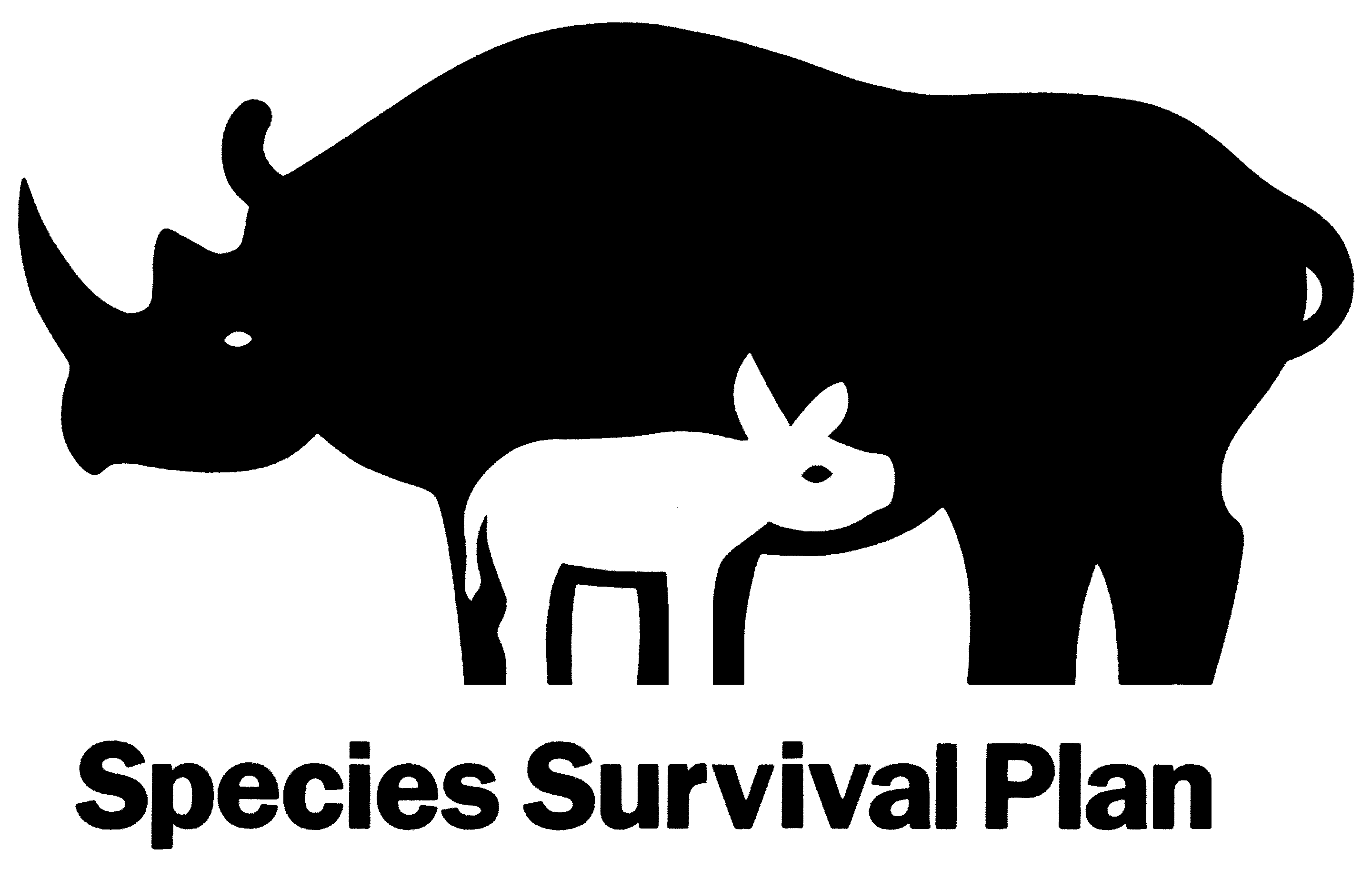Our Animals
- Animals & Habitats
- Our Animals
FUN FACT
Gray Crowned-Cranes have long hind toes that enable them to roost in trees—along with the Black Crowned-crane it is the only species of crane able to do this.
Native to East Africa, the Gray Crowned-Crane is featured on Uganda’s coat of arms and flag and is the country’s national bird; this bird also is a sacred symbol for Kenya, Namibia, Zambia and South Africa. The Gray Crowned-Crane is unique among the cranes in being one of only two species capable of perching in trees, owing to their having a long hind toe useful for grasping. Although this species has historically favored wetlands and open grassland or savannah, it is now found mostly in human-modified habitats, such as pastures, croplands, and ranches. Here the Gray Crowned-Crane feeds on seeds of sedges, fresh tips of grasses, crickets, locusts, and other insects and small animals. To hunt for food, the Gray Crowned-Crane stamps its feet on the ground to cause bugs to run out of the grass. This crane nests in or along the edges of their wetland homes, but young birds do not fledge for almost 100 days. The Gray Crowned-Crane has suffered a massive decline in population resulting from a plethora of impacts of human population growth and expansion of agriculture resulting in loss of wetlands, sedimentation, and contamination.
Habitat
Mixture of wetlands and open grassland or savanna. In East Africa, now found mostly in human-modified habitats, such as pastures, croplands, and ranches. One of only two cranes that roosts on above ground perches such as trees or posts
Diet
Feeds on seeds of sedges and fresh tips of grasses; grasshoppers, crickets, locusts, and caterpillars; opportunistically on small animals, such as frogs, lizards, and crabs
Status
Endangered
Breeding
The Gray Crowned-Crane nests in or along edges of wetlands (very rarely in trees). The nest consists of uprooted grasses and sedges, piled and flattened into circular platform and concealed by surrounding aquatic vegetation. A clutch of 1–4 eggs is incubated 28–31 days. This species has a protracted fledging period of up to 100 days, although hatchlings are precocial and can walk within hours of hatching. Young are not sexually mature until three (rarely two) years.

The National Aviary is home to more than 500 birds and other animals representing 150 species; some of which live in behind-the-scenes habitats. To enhance our guests’ educational experience, and with regard to individual bird preferences, different species may spend time in various public-facing habitats.
In The News
Pittsburgh’s Regional Asset District issues record preliminary budget | 90.5 WESA
In all, RAD proposes to fund 107 organizations of all sizes, from the Pittsburgh Zoo & Aquarium, the National Aviary, Pittsburgh Symphony and Heinz History Center to small dance and theater troupes.
Read More »Pittsburgh conservation planting seeds for visitors and investment | Capital Analytics Associates
Pittsburgh’s conservation institutions are a growing part of the Commonwealth’s outdoor recreation economy. At the National Aviary, Executive Director Cheryl Tracy says the institution is “just getting started,” despite nearly 75 years of history.
Read More »2nd extinct-in-wild Guam kingfisher hatches at National Aviary | CBS News
For the second time this year, a bird that's extinct in the wild hatched at the National Aviary.
Read More »Jungle Creatures and Fantastic Features: Toucans | Phipps Conservatory
Jungle Quest invites guests on a stunning safari bursting with terrific topiary animals, tropical foliage and beautiful blooms...including some animals you can see at the Aviary!
Read More »Uncover Mystical “Creatures” and Meet the Bird Species who Inspired them during Forests this fall, ONLY at the National Aviary! | National Aviary
Journey throughout Forests Presented by Peoples, the Aviary’s new fall theme; learn more about the otherworldly species who inhabit these magical woodland areas.
Read More »